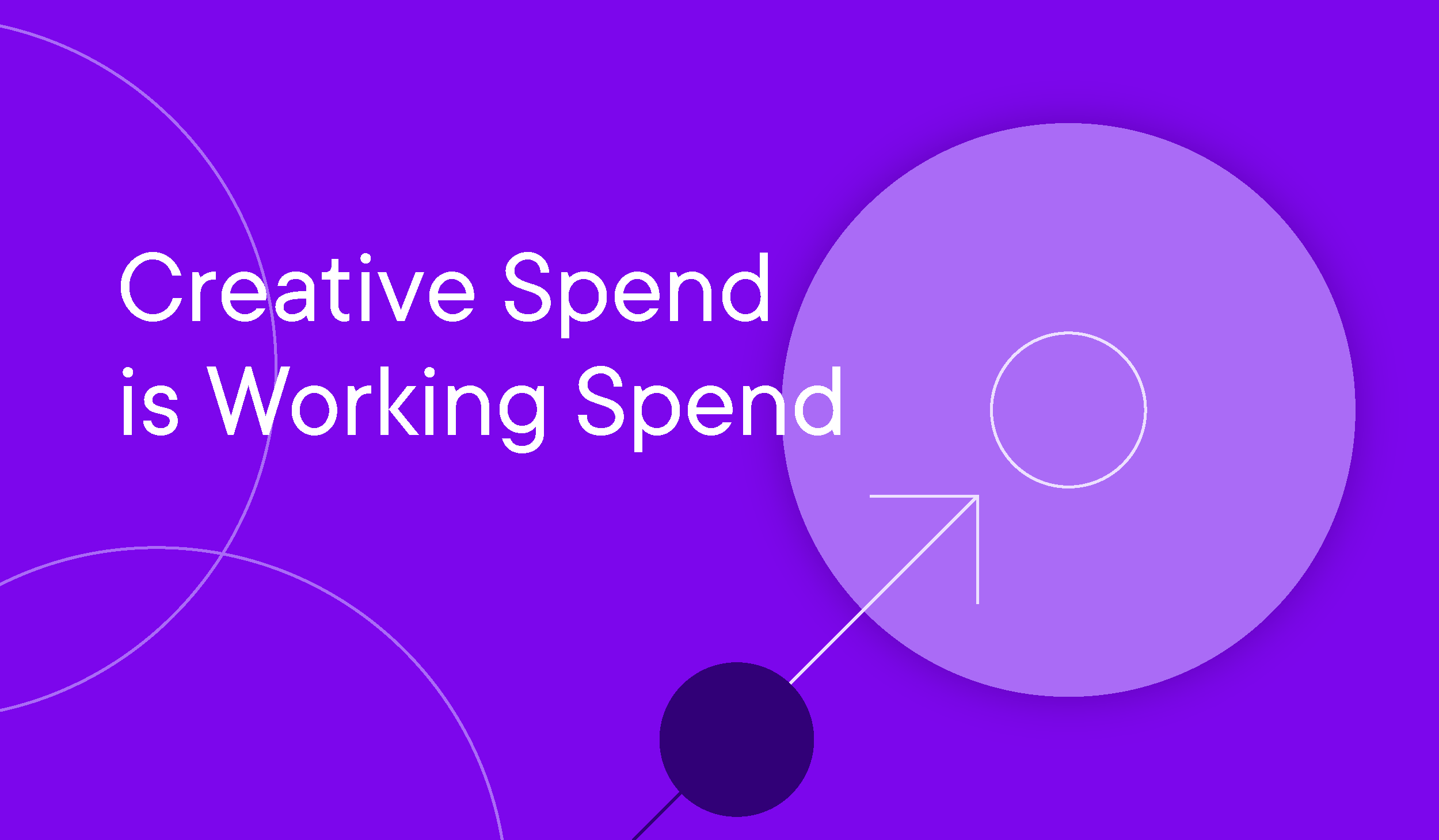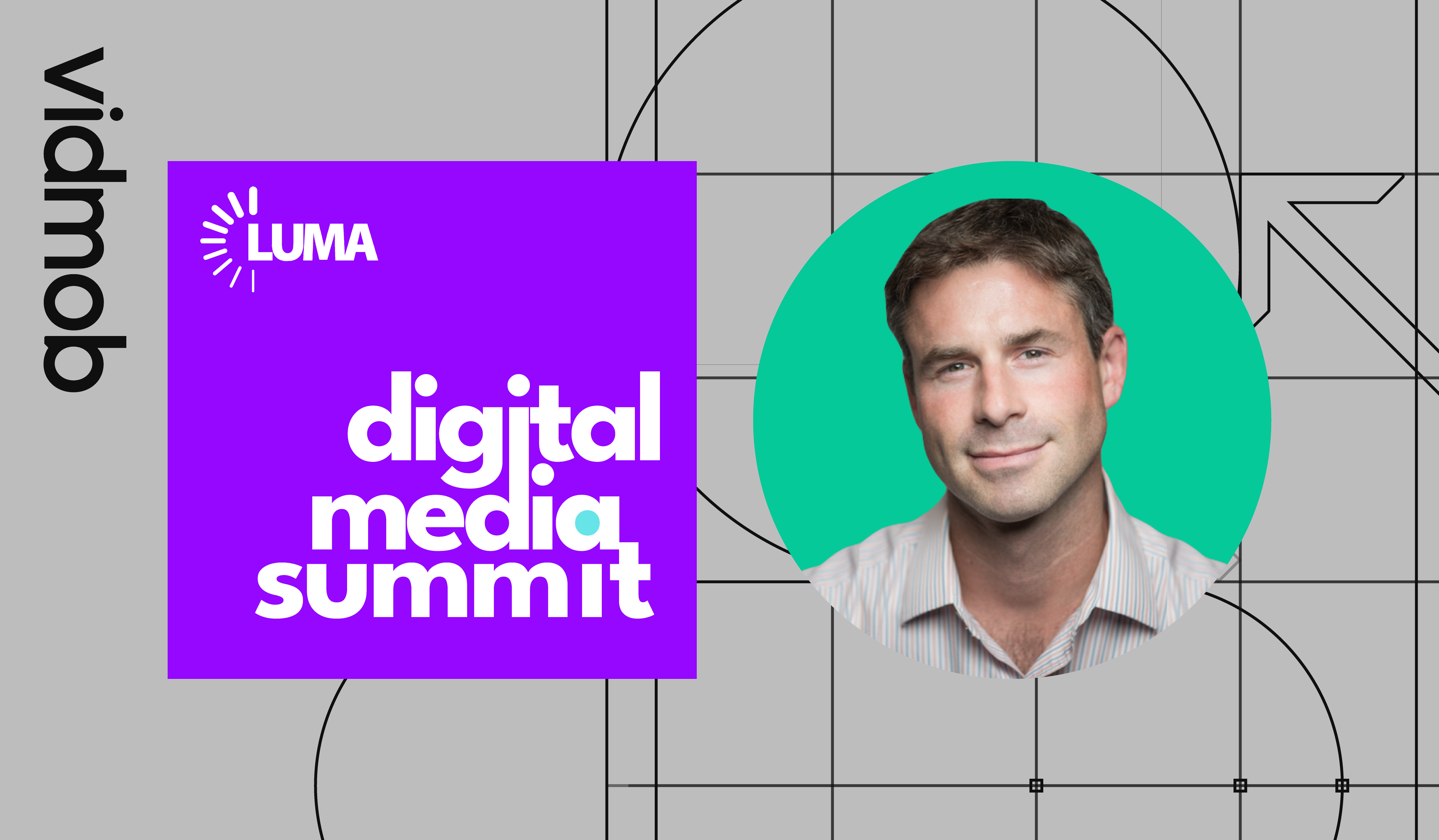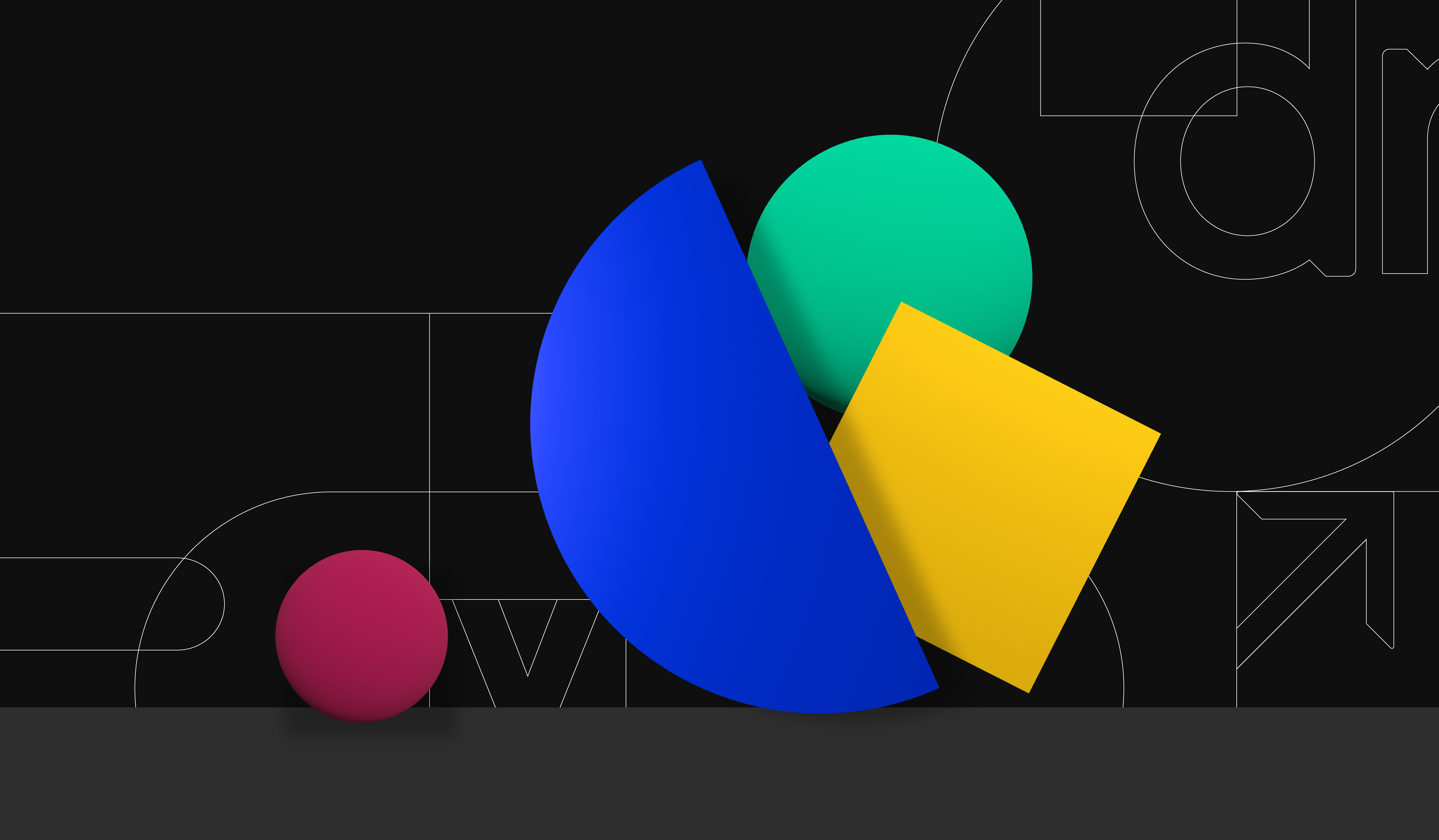Creative Effectiveness Takes Center Stage at LUMA’s DMS 2023
When it comes to tight summations of the biggest trends facing our industry for the year ahead, there’s nothing better than LUMA’s annual DMS...

Sometimes, as industries and technologies evolve, the mental frames of the past era stand in the way of success in the current one. For marketers, there is no more salient example of this than in the outdated definitions of working and non-working spend. This distinction helped marketers drive towards more efficient investment models for decades, but its utility is coming to an end for multiple reasons.
All good advice becomes bad advice when taken to excess. After all, an apple a day may keep the doctor away, but a thousand a day will give you cyanide poisoning. For marketers, this thought exercise of examining the extremes leads us to a world with 100% media spend. Zero non-working “waste” would seem like a good thing, but when you have ineffective creative, the last thing you want to do is scale it. Clearly, some amount of creative spend is ‘working’. The question then is how much?
As ID-based targeting loses efficacy in the wake of Apple’s ATT rollout and the impending demise of Cookies, most marketers are finding that that creative effectiveness has to make up for the losses in media effectiveness. For close to a decade, Facebook and Google’s algorithms were so good that creative really didn’t matter as long as you paid attention to the best practices. If you knew that you could find the exact right person at the exact right moment, did it really matter what you said to them? Those days are over. As media targeting works less effectively, creative has to take on the job of finding and engaging the intended audience. It has to ‘work’ harder. Today, Google says that creative is 70% responsible for results. Knowing that, how can investments in creative possibly be viewed as non-working?
Creative is the path to lasting corporate value and differentiation. It is the touch-point between a brand and a consumer. Google and Meta have recently rolled out their latest automation tools, in Performance Max and Advantage Plus, respectively. These black box tools promise to do everything for you. Just put in your base creative assets and it will figure out how to optimize them, who to present them to, and more. This theoretically allows marketers to move 100% of their dollars to working media (which just happens to be pretty good for the platforms offering those solutions). But do marketers risk losing something in this Faustian bargain? As a former game developer, I’ve experienced the predicament of having our Facebook campaigns always do just well enough to ensure that we kept them going, but never quite well enough to materially advance the business. These black box solutions will likely be very attractive for small marketers, but large marketers are well aware that brand is just as important as performance. Their needs are different.
One of the core strengths of a large portion of the Fortune 500 is their marketing ability. They are, in a sense, marketing companies first and foremost. Does abandoning all of that expertise and control, and turning it over to a black box owned by a third party in the hopes of maximizing the working/non-working ratio really seem like a prudent long-term strategy? I suspect this is an area where enterprise marketers will find that their needs are very different from those of SMBs. If creative is the path to lasting value and differentiation per the top of this section, can we logically call that a non-working investment?
AI is going to have a huge impact on our industry in the very near future. As platforms, formats, channels and audiences have fragmented in recent years, one of the central challenges for marketers has been scaling their content generation capabilities in order to meet the demands of this new order. We should know, as this was one of the challenges that VidMob was founded to help mitigate! But the coming horde of AI-based generative art tools are going to have a big impact on this. In short order, simply generating content to fill these various placement needs will be near instantaneous and near free. But just feeding prior creative into a trainer will lead to more of the same – as the saying goes, garbage in, garbage out. If the problem was just scale, this would seem to solve that while moving us towards the ideal state of near 100% working media spend. But as we move from a world of content scarcity to a world of content abundance, standing out in a sea of sameness will be 100 times more important than ever. After all, if McDonald’s, Burger King and Wendy’s all use the same generative art tools to infinitize their content, can it meet their main need to connect in a unique way and resonate emotionally with their customers? In this new world of content abundance, creative will have to be more intelligent to ‘work’. But work it must.
The founder of Luma Partners, Terry Kawaja, recently gave a provocative keynote at the 4A’s in which he laid out some of the coming changes for the agency ecosystem, and marketers writ large. The slide that got the most attention was the one where he challenged the industry to move past its near-total focus on media efficiency. For many of the reasons that were outlined above, and also for the simple reason that after many years of focus, there simply isn’t much juice left to squeeze, he called upon the industry to recognize that the game has changed. Hiding under the surface is a far bigger prize. And when we turn our attention to creative effectiveness, and the technologies that can help improve it, there are enormous rewards awaiting. In his view, the value opportunity today above the water (Media Efficiency) is 10%. Under the water (Creative Effectiveness), the value opportunity is 10x!

At VidMob, we have the privileged opportunity to empower and see this value creation opportunity every day with our clients. In one of the most stark examples (albeit not unusual for our clients), we recently worked with Meta’s marketing science team to analyze the value created for one of our largest clients through their use of VidMob’s platform for Intelligent Creative versus the traditional method of simply guessing on creative decisions. This client was one of the earliest adopters of Intelligent Creative, and by now, had used Creative Analytics to understand how countless details impacted performance for different audiences; for example, which brands benefited from consistently locking up the trade mark vertically above the word mark, when products should be shown in packaging versus in use, what types of story architectures worked on which platforms, and much, much more. These rules had been instituted across all of their content, scored for before trafficking, and updated as performance ties held or degraded.
We worked with Meta to analyze thousands of assets that were made leveraging VidMob’s platform, using our AI-based Creative Intelligence technology to improve creative effectiveness for this marketer. When we compared those intelligent assets to all of their creative made elsewhere, the lifts were enormous. And when you multiply these lifts by the size of the dollars spent in their media budget, the scale of the value created was eye popping – in the hundreds of millions of dollars.

Terry is right. Creative Effectiveness is the next big thing. In fact, for a growing number of the world’s most forward thinking marketers, it’s the current big thing. For everyone else, their best-guess content is causing them to unknowingly spend more money for less efficient media on all of the channels it’s not quite right for, all while seeing less impact for each dollar spent. Perhaps that’s the new definition of non-working spend!

When it comes to tight summations of the biggest trends facing our industry for the year ahead, there’s nothing better than LUMA’s annual DMS...

In 2017, we aligned on a mission statement for VidMob. We were going to Evolve Creativity for the Better. For six years, this mission guided us...

The sad fact is that all ads die. Just like plants, animals, and radioactive elements, ads decay over time and eventually cease to function. This...